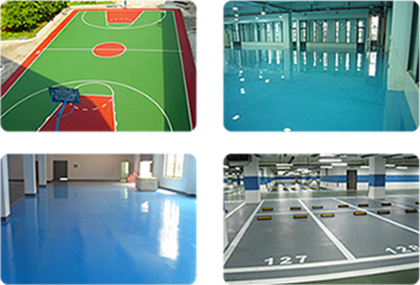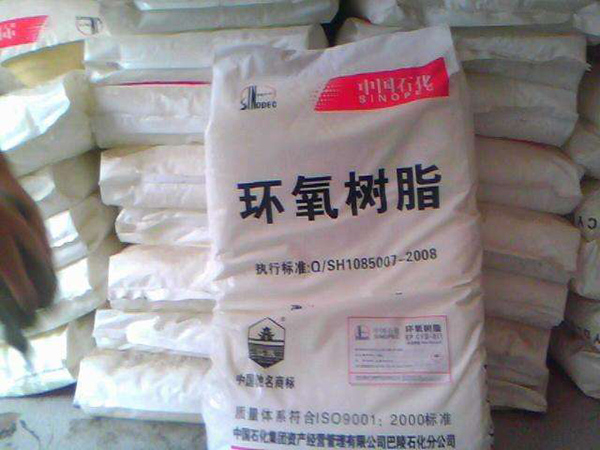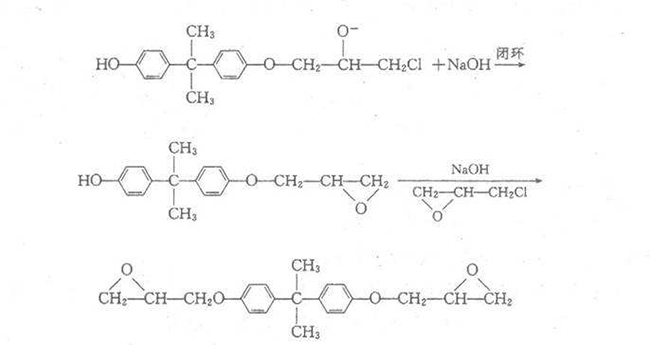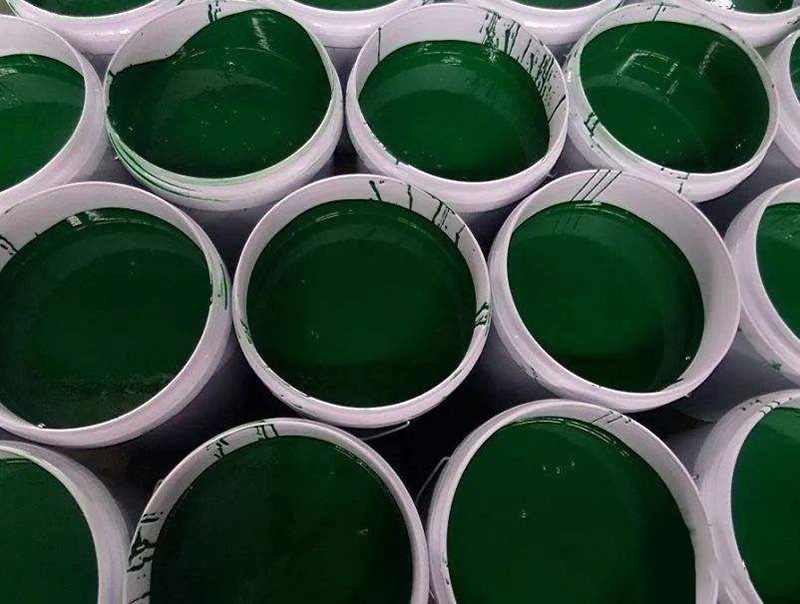Product Center
What is the performance of waterborne epoxy resin coatings? Experts from the China Epoxy Resin Industry Association believe that many factors play a role and must not ignore any of them. Formulation design is one of the most important effects on waterborne epoxy coatings.
Experts say that through the selection of epoxy resin, waterborne epoxy curing agent, pigment and filler, and various additives, waterborne epoxy resin coatings with different properties can be prepared. Two formulas should be considered when designing waterborne epoxy resin coatings. Factors: First, the equivalent ratio of epoxy resin and waterborne epoxy curing agent, the second is the choice of pigment and filler, and the third is the choice of additives. These three factors are well thought out and the recipe design is successful.
The equivalent ratio of epoxy resin to aqueous epoxy curing agent is the primary factor. Experts from the China Epoxy Resin Industry Association said that this aspect is quite different due to the type of waterborne epoxy resin coating: for the type I waterborne epoxy resin system, it is directly emulsified with water-based epoxy curing agent. Liquid epoxy resin, the segment with surface activity in the system is higher, and the equivalent ratio of the two is appropriately increased, which can significantly improve the water resistance and hardness of the coating film, and is generally controlled in the range of 5 to 10% higher than the theoretical value. Inside. For other types of waterborne epoxy resin systems, if the amount of epoxy resin is appropriately increased, it will help to improve the water resistance and corrosion resistance of the coating film. This is because epoxy resin is lipophilic and waterborne epoxy curing agent. The hydrophilicity is strong, and the proper reduction of the aqueous epoxy curing agent can improve the lipophilicity of the system. In some cases, if an epoxy curing agent is used in excess, it helps to increase the curing speed and crosslinking density of the coating film, thereby contributing to improvement of solvent resistance, stain resistance, adhesion, drying speed, and the like of the coating film. This can be adjusted depending on the specific application.
The appropriate pigment and filler should be selected according to the application requirements of the waterborne epoxy resin coating. Experts from China Epoxy Resin Industry Association pointed out that for the case of acid and alkali resistant medium, pigmented fillers such as iron oxide red and precipitated barium sulfate can be used; for occasions with light and heat resistance requirements, zinc oxide and micaceous iron oxide can be used. Filler; if you want to increase the chemical resistance of the film and improve its mechanical properties, you should choose a filler of mica and talc. Of course, considering that the waterborne epoxy curing agent is weakly alkaline, it is necessary to avoid the use of acidic pigments and fillers to avoid the occurrence of demulsification and delamination after mixing the two components. The waterborne epoxy resin coating is a two-component coating, and the pigment filler can be added to the epoxy resin emulsion component or to the aqueous epoxy curing agent component, but for the convenience of use, the pigment filler should be added. The equivalent comparison of the two components is close.
Additives are one of the indispensable components in the production, storage and construction process of waterborne epoxy resin coatings. The effects of various additives on the properties of coatings and final coatings should be fully utilized, and various additives should be selected in a targeted manner. The additives used in waterborne epoxy resin coatings include filming aids, defoamers, dispersants, rheology modifiers, etc. The specific compatibility should be considered in compatibility with aqueous epoxy resin systems to avoid gelation and Defects such as coating oil slick.











